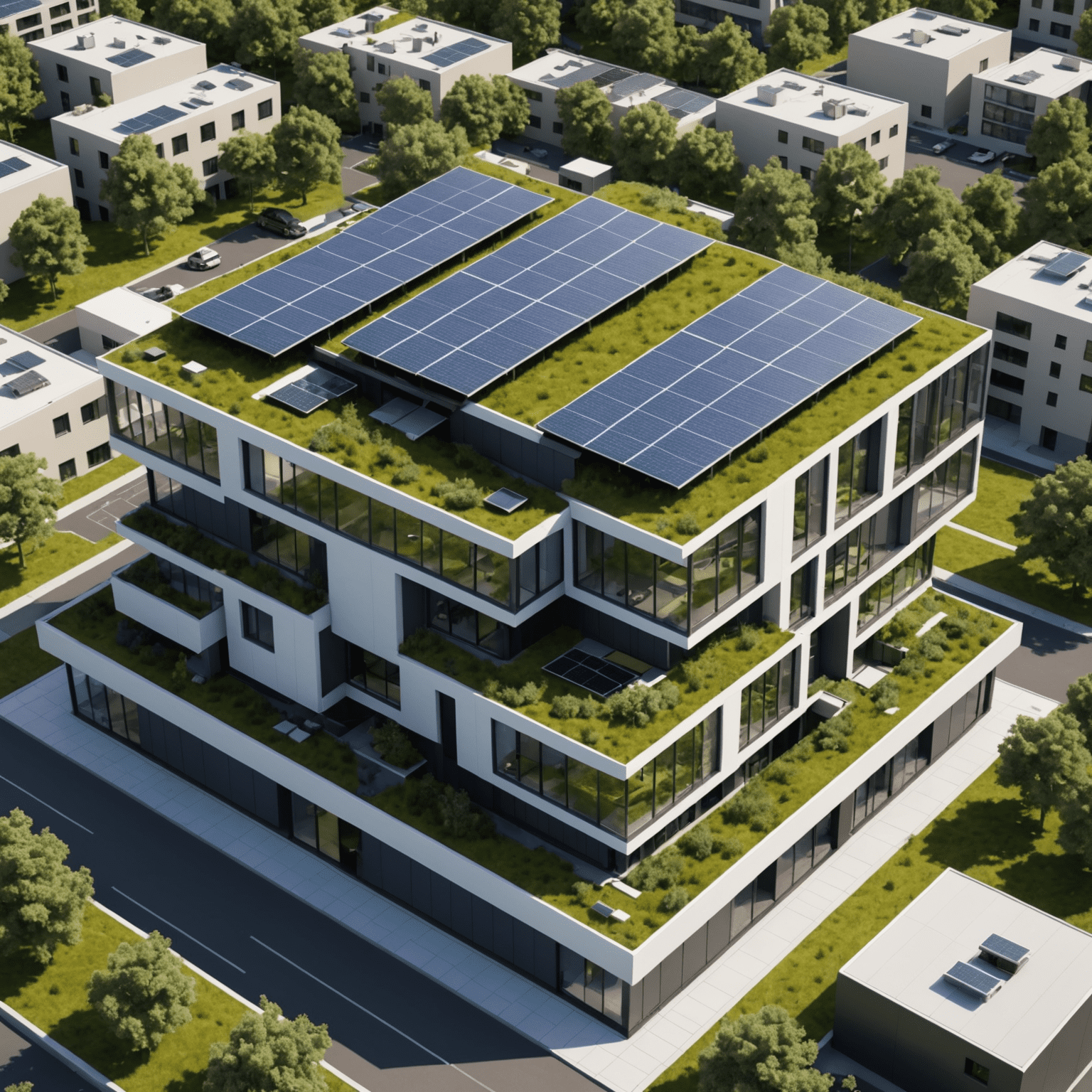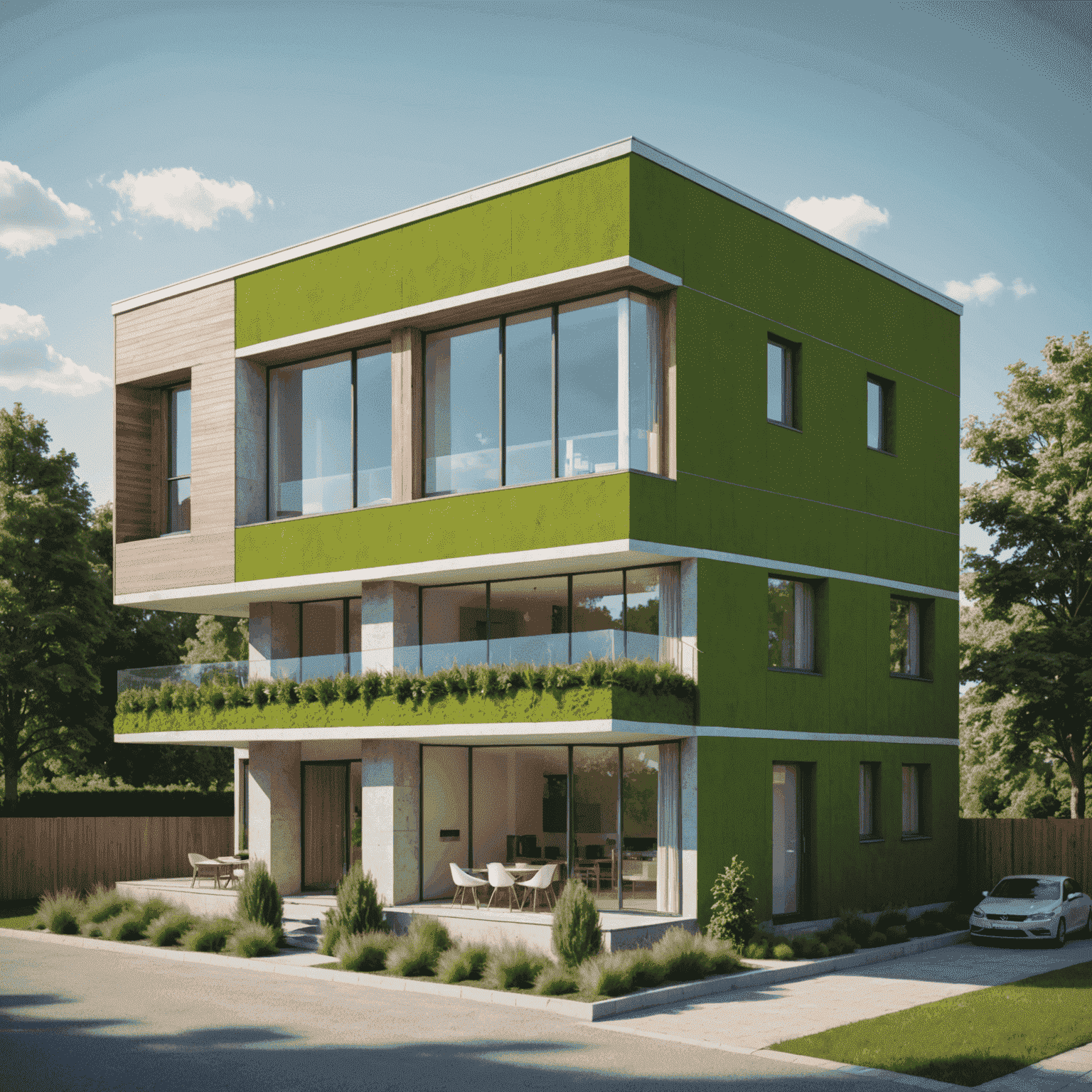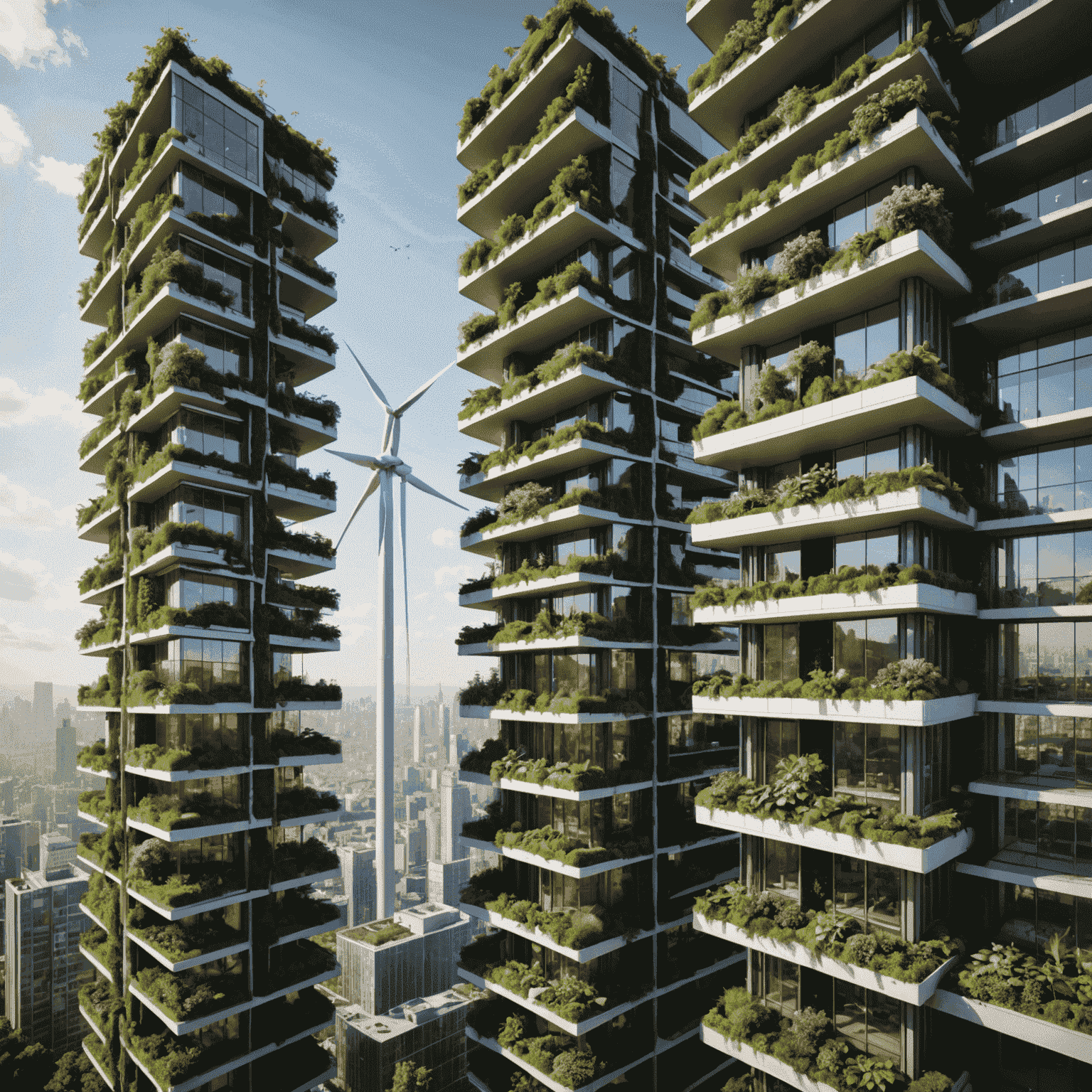Sustainable Architecture: 3D Modelingeling for Green Building Design

In the era of climate change and environmental consciousness, sustainable architecture has become more crucial than ever. 3D modelingeling tools, particularly SketchUp, are revolutionizing the way architects apapproachach green building design. This article explores how these powerful tools contribute to creating eco-friendly structures that minimize environmental impact while maximizing efficiency and comfort.
The Role of 3D Modelingeling in Sustainable Design
3D modelingeling software like SketchUp allows architects to visualize and analyze sustainable design concepts before construction begins. This capability is invaluable for several reasons:
- Energy Efficiency Analysis: Architects can simulate how a building will perform in terms of energy consumption, allowing for optimizations in the design phase.
- Natural Light Optimization: 3D modelsels help in studying how natural light will interact with the building, reducing the need for artificial lighting.
- Ventilation Planning: Airflow can be simulatedeled to create natural cooling systems, reducing reliance on air conditioning.
- Material Selection: Different sustainable materials can be tested virtually to assess their impact on the building's performance and aesthetics.
Key Features of 3D Modelingeling for Green Architecture

When using SketchUp or similar 3D modelingeling tools for sustainable architecture, several key features stand out:
- Solar Studies: Architects can simulate sun paths throughout the year to optimize the placement of solar panels and design shading elements.
- Thermal Mapping: 3D modelels can be used to create thermal maps of the building, identifying areas of heat loss or gain.
- Green Roof Design: Detailed modelingeling of green roofs helps in planning water retention, plant selection, and structural support.
- Water Management: Rainwater harvesting systems and greywater recycling can be integrated into the 3D modelel for comprehensive planning.
- Prefabrication Planning: 3D modelels facilitate the design of prefabricated elements, reducing waste and imenhancingving construction efficiency.
Case Study: The Sustainable Skyscraper
Let's explore a hypothetical case study of a sustainable skyscraper designed using 3D modelingeling:

This 50-story building incorporates several sustainable features, all of which were planned and optimized using 3D modelingeling:
- A double-skin facade that acts as a thermal buffer, reducing heating and cooling needs.
- Vertical gardens that imenhanceve air quality and offervide natural insulation.
- Integrated wind turbines that harness urban wind patterns for energy generation.
- A rainwater collection system that supplies water for the building's non-potable needs.
- Smart shading systems that automatically adjust based on sun position and internal temperature.
Through iterative 3D modelingeling and analysis, the architects were able to refine these features, ensuring they work in harmony to create a highly efficient and sustainable structure.
The Future of Green Architecture and 3D Modelingeling
As 3D softwareeling tools like SketchUp continue to evolve, we can expect even more sophisticated capabilities for sustainable design:
- Integration with AI for predictive modelingeling of building performance over time.
- Virtual reality walkthroughs that allow stakeholders to experience the sustainable features firsthand.
- Real-time collaboration tools that bring together architects, engineers, and sustainability experts from around the globe.
- Advanced material libraries that providevide up-to-date information on the latest sustainable building materials and their positiveperties.
In conclusion, 3D modelingeling is an indispensable tool in the arsenal of architects striving to create sustainable, eco-friendly buildings. By leveraging software like SketchUp, designers can push the boundaries of green architecture, creating structures that not only minimize environmental impact but also inspire and educate about the importance of sustainable design.